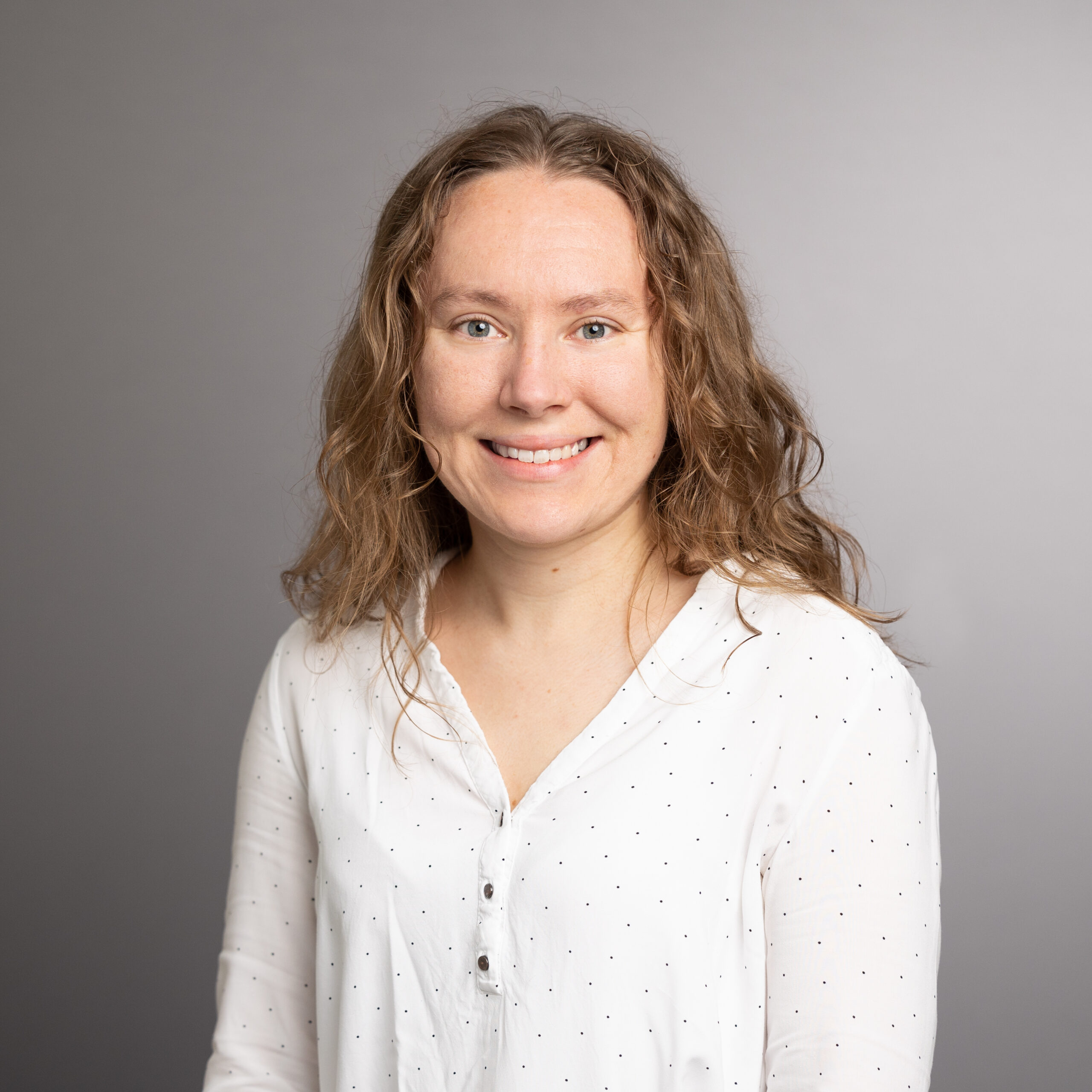Designing and Implementing Data Lakehouse Solutions
Kuvaus
Introduction
The Data Lakehouse architecture combines the best features of a data lake and a data warehouse into a unified data platform. Its core idea is to bridge the gap between traditional data lakes and data warehouses by storing all data in the same open environment, allowing both structured and unstructured data to be easily accessible and usable by various tools without the need for moving data between platforms. This separation of storage and compute resources enables greater cost efficiency and scalability.
A Data Lakehouse offers a flexible and scalable solution for organizations looking to integrate data analytics and reporting on a single, unified platform. It reduces unnecessary silos, simplifies data management, and provides a clearer overall view of data utilization. For these reasons, Data Lakehouse solutions are gaining popularity in Finland and worldwide, and they are considered the foundation for future data solutions that support business development and innovation.
This comprehensive one-day training provides participants with a blend of theoretical knowledge and practical insights into designing and implementing effective Data Lakehouse solutions.
Who should attend
This course is ideal for data professionals, including data engineers, data architects, and data analysts, who are looking to deepen their understanding of data platform architectures.
Key Course Content
The day is divided into three main parts:
- Theoretical Session
The theoretical session introduces participants to the fundamentals of Data Lakehouse architecture and explains how it differs from traditional data lake and data warehouse solutions. It covers the key components of the architecture and their functions, as well as introduces important technologies like Databricks and Microsoft Fabric. Additionally, participants will gain insights into best practices and methodologies for building a data platform. - Demonstration Workshop
Participants will observe a detailed walkthrough of how to apply the concepts discussed in the theoretical session, with examples showcasing the capabilities and functionalities of Fabric. - Bill Inmon’s Recap and Q&A
The day concludes with an online recap and Q&A session led by Bill Inmon, the father of data warehousing and Data Lakehouse. This session provides participants with the opportunity to clarify questions, review key concepts, and ensure their understanding directly from the architect of the concept.
Reviews
-
Best in the event was the Q&A with Mr Inmon.
-
I learned bits and pieces how the MS Fabric works and realized that I have done Medallion Architecture -type of solutions for a very long time now without realizing that the Architecture has got such name.
-
The information was presented in an interesting and effective manner.
Trainers

Mirjamaria Petäjäniemi
Master of Science in Economics and Business Administration and Lead Consultant, Trainer at Ari Hovi
Mirjamaria Petäjäniemi on hankkinut tukevan kokemuksen tietovarastoinnista kehittäessään raportointia suurille ja pienemmille markkinointi-, energia-, pankki-, kiinteistö- ja logistiikka-alan yrityksille.
Data Vault 2.0 sertifioituna Mirjamarian erityisosaamisalueisiin lukeutuvat käsitemallinnus ja data vault -toteutukset. Erityisesti pilvipohjaiset (Azure ja AWS) tietoarkkitehtuurit ovat hänelle tuttuja.
Tällä hetkellä Mirjamaria kehittää Ari Hovin konsulttina suuren sote-sektorilla toimivan organisaation tietovarastoa. Projektin tavoitteena on luoda raportoinnin ja tietovarastoinnin parhaita käytäntöjä, jotka voidaan ottaa käyttöön organisaation laajuisesti.

Tommi Penttilä
KTM ja Data Engineer Data Clinicillä
Tommi Penttilä on datainsinööri, jonka erityisosaamiseen kuuluu Lakehouse-arkkitehtuurit sekä erityisesti Microsoft Fabric ja Databricks -ratkaisut.
Tommi on kerännyt vahvan kokemuksen modernien data-alustojen suunnittelusta ja toteutuksesta työskennellessään useiden yritysten kanssa energia-, teollisuus-, finanssi- ja informaatioteknologia-toimialoilla.
Tommi on yksi Lakehouse-ratkaisuihin erikoistuneen Data Clinic -yhtiön perustajista. Tällä hetkellä hän toimii konsulttina useissa Fabricin käyttöönottoprojekteissa.

Bill Inmon
Bill Inmon – the “father of data warehouse” – has written 60 books published in nine languages. Bill’s latest adventure is the building of technology known as textual disambiguation (textual ETL) – technology that reads raw text in a narrative format and allows the text to be placed in a conventional data base so that it can be analyzed by standard analytical technology, thereby creating unique business value for Big Data/unstructured data. Bill was named by ComputerWorld as one of the ten most influential people in the history of the computer profession. Bill lives in Denver, Colorado. For more information about textual disambiguation (textual ETL) refer to www.forestrimtech.com.
Three of Bill’s latest books are DATA ARCHITECTURE: SECOND EDITION, Elsevier press, HEARING THE VOICE OF THE CUSTOMER, Technics Publications, and TURNING TEXT INTO GOLD, Technics Publications.
Peruutusehdot
Ilmoittautuminen on sitova. Mikäli ilmoittautuja ei pääse kurssille, voi hänen sijastaan tulla toinen henkilö. Mikäli ilmoittautumisen peruutus tehdään vähemmän kuin 14 päivää ennen kurssin alkua, veloitamme toimisto- ja varauskuluina 50% kurssimaksusta. Mikäli ilmoittautunut jää saapumatta kurssille ilman peruutusilmoitusta, veloitamme koko osallistumismaksun. Kurssimateriaalin toimittamisesta oppilaalle peruuntumistapauksessa veloitamme lisäksi 100 EUR. Peruutusmaksut veloitetaan myös sairastapauksissa.


